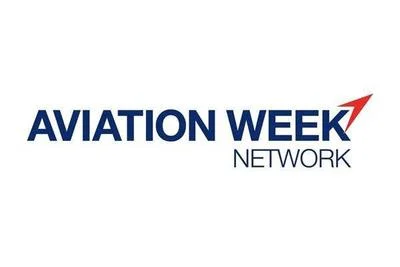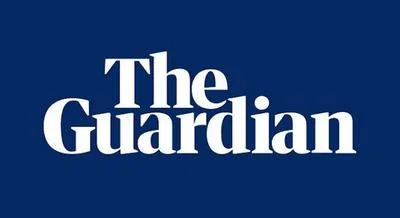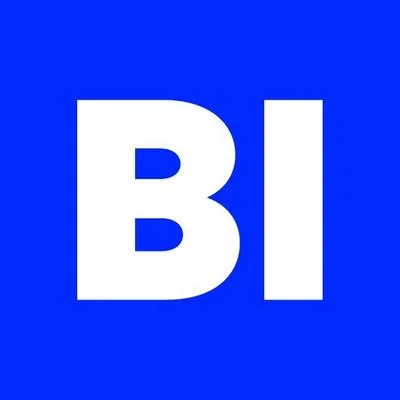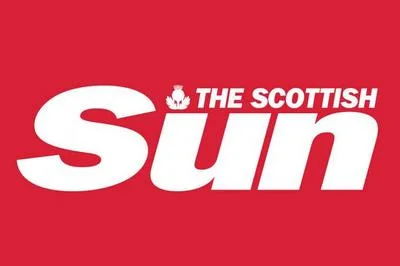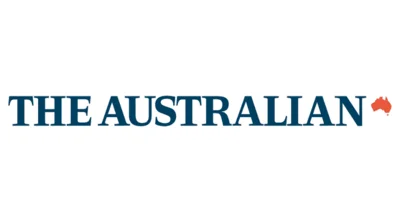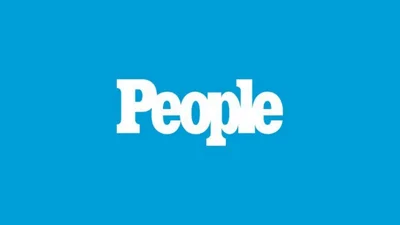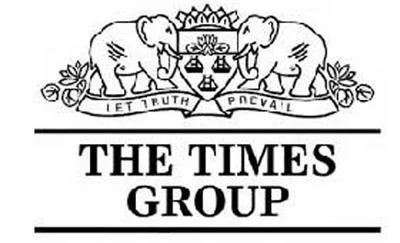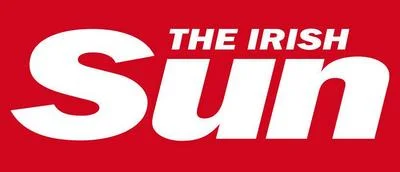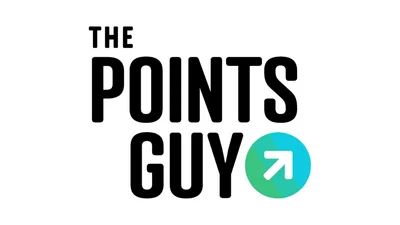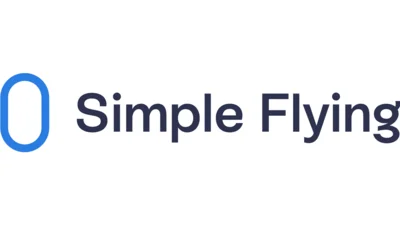Bilt targets young urban professionals—a demographic highly sought after but difficult to reach effectively by other programs. They have created a valuable and engaging platform to connect with this audience.
In comparison, major loyalty programs such as American Airlines' AAdvantage and United's MileagePlus have valuations significantly higher than Bilt’s current standing. AAdvantage was appraised at $18 to $30 billion early in the pandemic, while MileagePlus was valued at $21.9 billion based on its 2019 earnings before interest, taxes, debt, and amortization.
Despite having ample cash reserves and continued investor support, some critics remain skeptical about Bilt's long-term sustainability. However, with five years remaining on their Wells Fargo card agreement and significant backing from early investors like Wells Fargo itself, Bilt appears well-positioned for future growth.
The company continues to tweak its program to ensure it remains attractive for both customers and partners. While changes might affect user behavior—such as reducing bonus points offered—the overall value proposition remains strong for many users.
There are mixed opinions among observers regarding Bilt’s future prospects. Some argue that concerns over long-term viability should not deter users from taking advantage of current benefits offered by the program.
As one user noted: "When I saw a 150% transfer bonus to Air France KLM I took advantage of it... As long as Bilt is offering fantastic value—I have Alaska and Air France status thanks to Bilt... I will enjoy the program."
While some express doubts about the sustainability of such offers in the long run, others remain confident in the company's ability to adapt and thrive given its resources and strategic relationships.
###
 Alerts Sign-up
Alerts Sign-up
